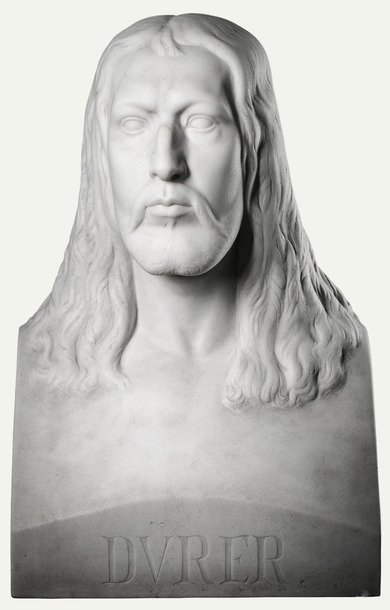Albrecht Dürer
One finds a great many people who can do nothing and do not want to learn anything, who despise art, and say that a great deal of art is evil. I say, however, that all arts are good, also those which may be used to do evil. The artistic person is devout by nature, and so he avoids evil and does good. That is the purpose of art, it helps us recognise good and evil.
Albrecht Dürer, Lehrbuch der Malerei, circa 1500
Albrecht Dürer, born into a family of goldsmiths and a citizen of Nuremberg often described as the greatest German artist of all time, began an apprenticeship with the painter Michael Wolgemut in 1486 at his own urging. It was in his workshop that many of the woodcuts for the Schedelsche Weltchronik were completed. Periods of stay in Alsace and Basel as well as a journey to Venice preceded the founding of his own workshop in his home town. Another trip to Venice in 1505/06 provided him with more in-depth knowledge of Italian art and teachings about proportion.
Dürer not only made a name for himself as a graphic artist and painter, but was also a writer. His Underweysung der messung mit dem zirckel und richtscheyt in Linien ebnen unnd gantzen corporen (1525) is eloquent testimony to his mathematical knowledge and it also deals in detail with the subject of script. His writings on art and science can be read like a media theory of the Renaissance. Already world famous during his lifetime Dürer, who also had connections at the Germany royal court, died in his home town at the age of 56 as the result of a fever.

